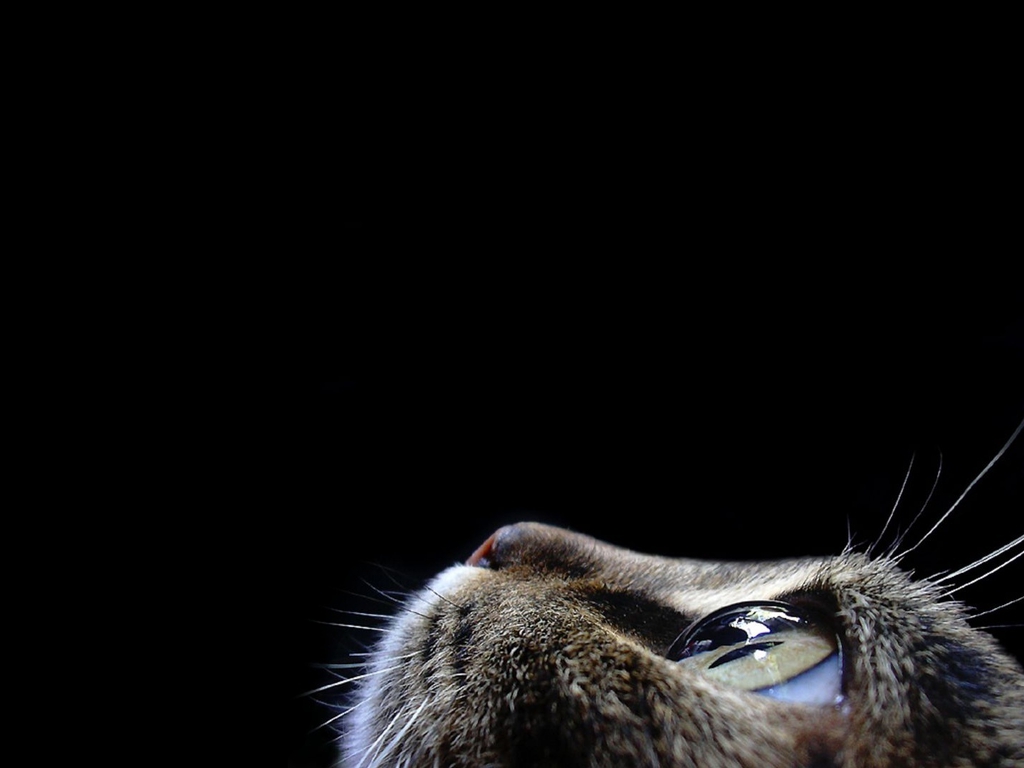

After installing Pussy Linux to my hard drive (see my last blog; Pussy Linux Full Install ) I opened up the included web browser, SeaMonkey and got a message that it was out of date; it was version 2.4 and the latest version is 2.14. I downloaded and installed SeaMonkey 2.14.1, created a link to it on my desktop and associated a picture of a cartoon monkey as an icon. I shutdown shortly after that because it was really late...got up in the morning and re-booted; the icon was missing! The folder with SeaMonkey 2.14.1 was gone, too. This wasn't a real full install because it was unable to save a session.
I was expecting Pussy Linux to act like Puppy Linux; i.e., a full install should save automatically. So, maybe I wasn't finished setting up a full install of Pussy Linux. I visited http://thepussycatgarden.info and read the rest of the install information, and found out that Pussy Linux requires a save file, called live-rw. However, if you have tried a full install, like I did, you need to create another partition and name it "live-rw". Puppy Linux also requires a save file for sessions run from a Live CD, usb flash drive or a frugal install; frugal means Puppy Linux is on your hard drive, but it runs like a live cd and requires a save file. I haven't checked out how Puppy saves full install sessions, but Pussy requires another partition for saving.
If you read my last blog then you know that I copied the Pussy image from a usb flash drive to my hard disk. The usb copy was created on a Windows system, and was in FAT32 format. Unfortunately, Gparted (the utility used for partitioning Linux disks) limits you to 4 partitions if one of the partitions is in "MS/DOS" format (that's what it said in the Gparted documentation); e.g., FAT32. Pussy Linux is already on partition dev/sda4, so my partitions were used up. I formatted the usb flash drive I had Pussy on to ext2 format, and created a partition on it (using all 1 GByte) labeled "live-rw".
I re-booted Pussy and re-created my previous changes; i.e., updated SeaMonkey and created a link on my desktop to it. I then re-booted again and the link was still on my desktop (I kept the monkey cartoon icon). I clicked on the link and SeaMonkey 2.14.1 booted up; all my changes had been saved. So, in case you install Pussy to your hard drive, remember to create a live-rw partition too.